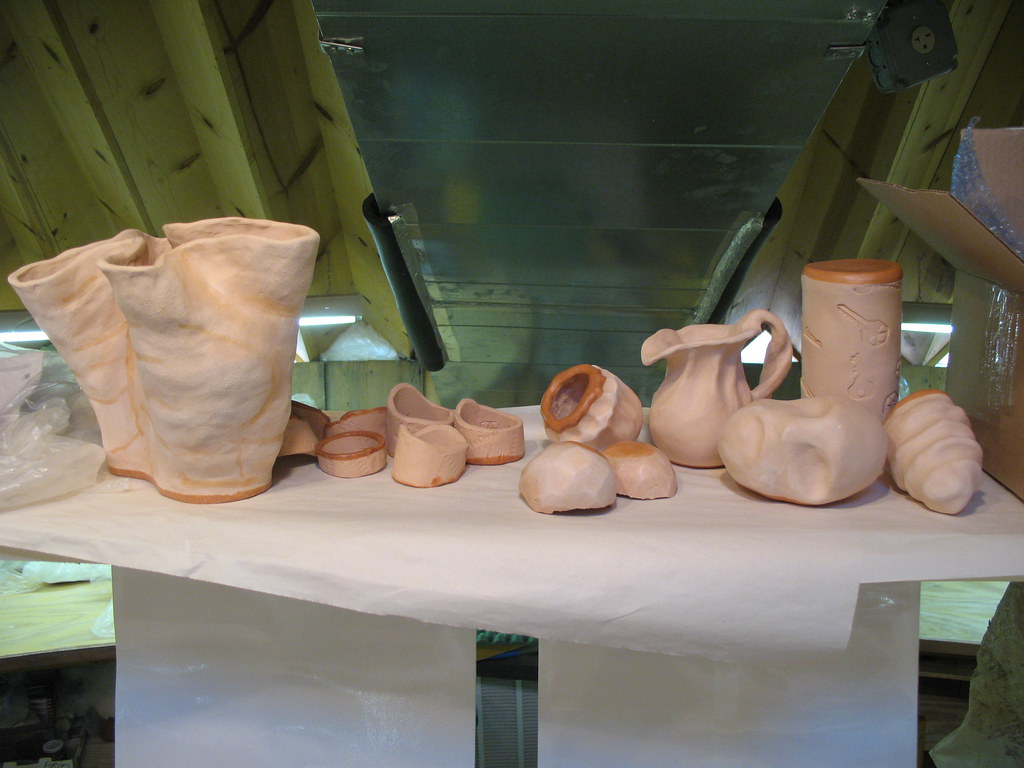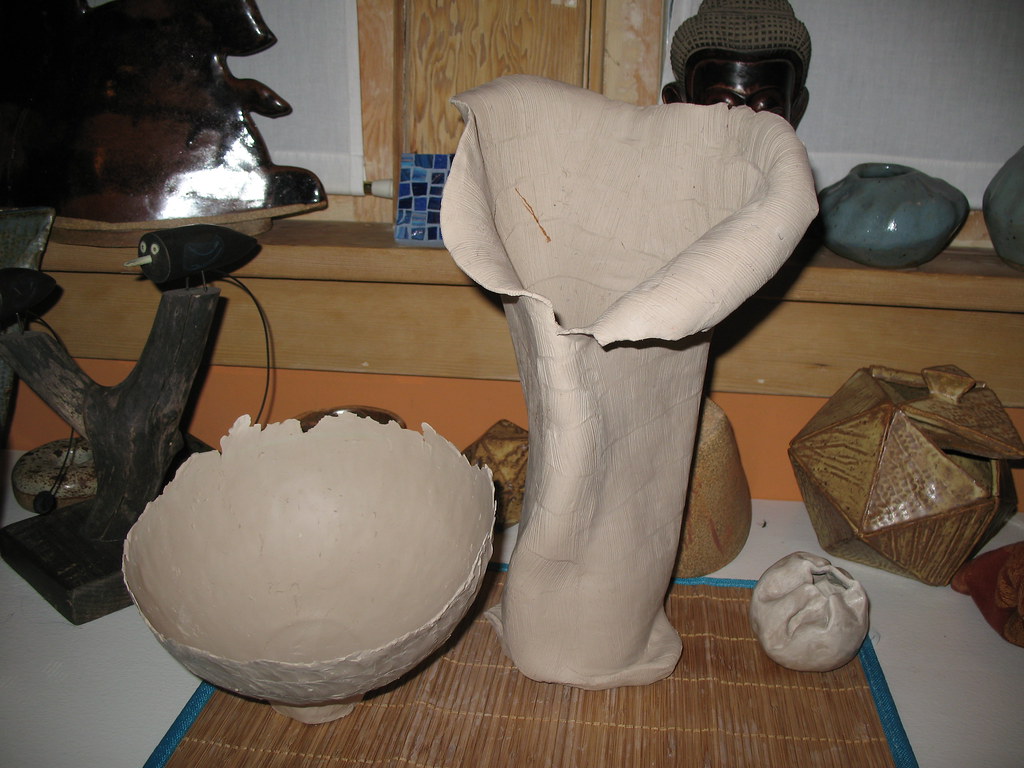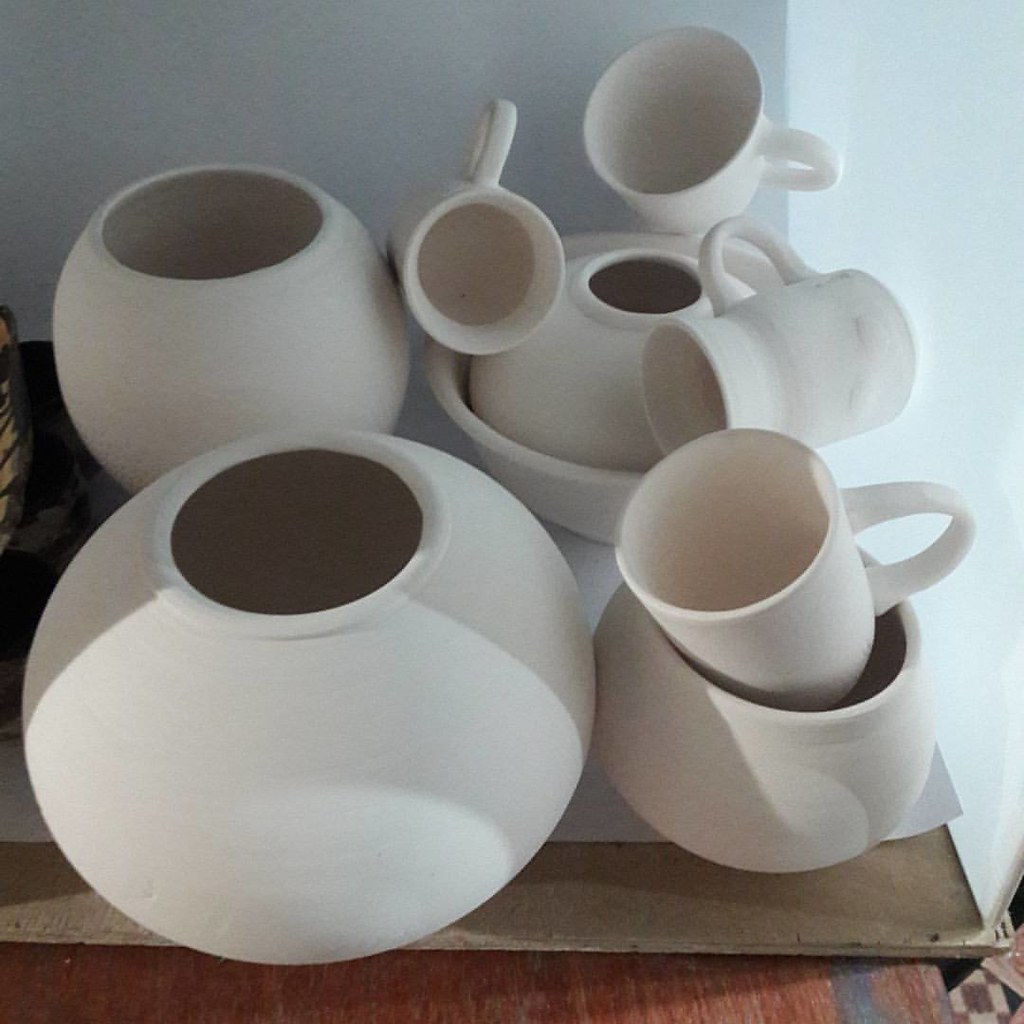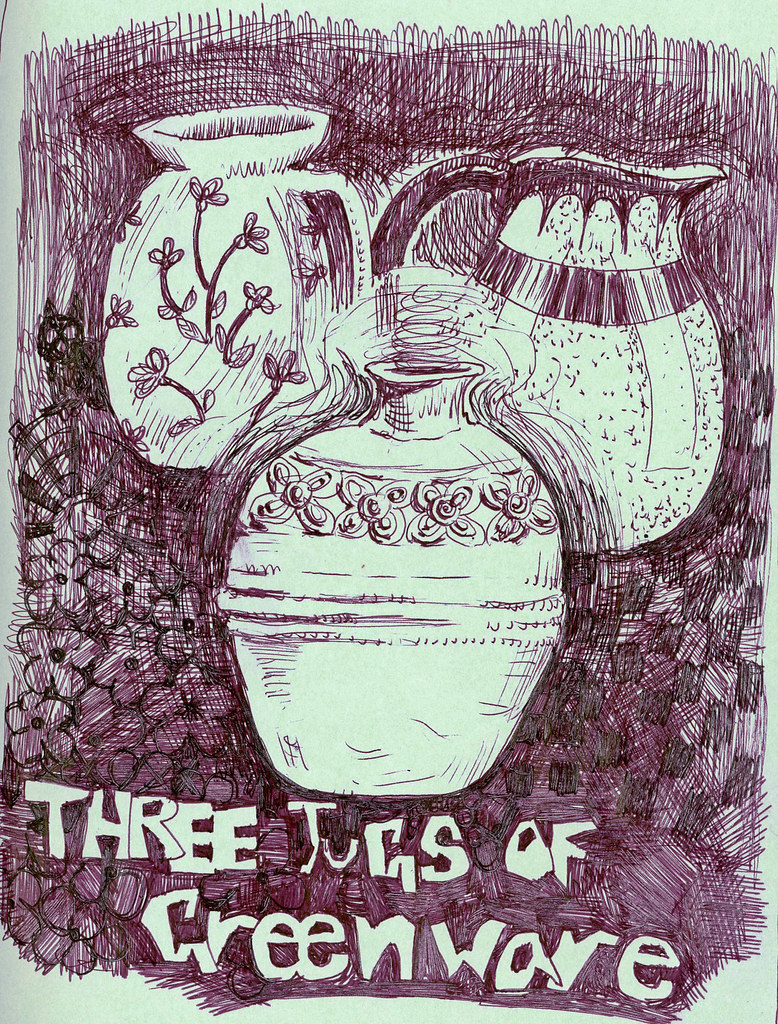Understanding the distinctions between greenware vs bisqueware is essential for anyone exploring the fascinating world of ceramics. In the realm of pottery, these two terms refer to different stages of claywork, each with unique characteristics and requirements. Greenware is unfired clay that’s been shaped and is fragile, requiring careful handling. Conversely, bisqueware is clay that has undergone its first firing, making it sturdier and more resilient. These stages are pivotal as they prepare the ceramics for glazing and the final firing.

| Stage | Properties | Considerations |
|---|---|---|
| Greenware | Unfired and fragile | Requires gentle handling |
| Bisqueware | First fired and sturdier | Ready for glazing |
The Journey from Clay to Kiln
Handling raw clay is like holding potential energy in your hands. At the greenware stage, this clay is fresh from the pottery wheel or sculptor’s hands, still fragile and moist. Every move requires precision; even a slight misstep can mean the difference between a masterpiece and a crumbled mess. Handle with care, as this is the most delicate phase, where creativity is tangible yet vulnerable.

The transition to bisqueware marks a significant step. Firing clay in a kiln is much like hardening the resolve of a good idea. After its initial transformation, the clay becomes bisqueware: a more robust, permeable version of its former self. Not only does this first firing enhance its durability, but it also primes the surface to absorb glaze effortlessly, readying it for the artist’s final flourishes. It’s like watching a rough draft turn into a polished manuscript.

Unique Challenges and Considerations
Let’s delve into why each of these stages demands distinct approaches and techniques:
- Greenware’s Sensitivity: Due to its fragility, greenware can be easily damaged by touch or environmental changes. Keeping it in a stable environment with low humidity is crucial for preserving its shape until it’s ready for firing. The Greenware Program at Washington University emphasizes sustainable practices to minimize waste.
- Bisqueware’s Transformative Power: Once fired, bisqueware can be handled more freely but remains receptive to glazes and other finishing touches. This stage offers artists a canvas to experiment with color and texture, ensuring the final product is both durable and artistically vibrant.

Attention to these nuances not only enhances the creation process but also amplifies the satisfaction of seeing the final, fully completed ceramic piece emerge from the kiln, gleaming with applied glazes. Consider incorporating exquisite pieces like the Spartan Green Ceramic Mug into your collection for inspiration.
Applying Techniques to Enhance Your Craft
The artistry doesn’t end at understanding these stages—it’s about mastering them. Here’s how you can elevate your ceramic creations through expert handling of each stage:
- For Greenware: Implement techniques like slip trailing or carving when the clay is leather-hard, providing texture and design without compromising structure.
- For Bisqueware: Experiment with glazes that interact uniquely under heat, fostering finishes from glossy smooth to rustic matte, depending on your artistic goals.

Incorporating these elements at each stage means that, when your ceramic piece finally emerges in its final form, it carries not only the imprint of your hands but also the intentionality of your choices. For example, traditional pieces like the Green Daghdghan showcase the beauty of handcrafted ceramics.
Share your favorite pottery techniques or any health-saving tips when dealing with the challenging greenware stage. Your insights could provide the clay community with fresh perspectives! For more inspiration and techniques, explore our recent articles and engage with a vibrant community of ceramic enthusiasts.
Additional Resources
Understanding the distinctions between greenware vs bisqueware is essential for anyone exploring the fascinating world of ceramics. In the realm of pottery, these two terms refer to different stages of claywork, each with unique characteristics and properties. For a visual demonstration of these differences, check out Kira Eadington’s YouTube video, “Greenware, Bisqueware, Glazeware: What’s the Difference?”
Is it better to apply underglaze on greenware or bisqueware?
If you want a bold, opaque finish, applying underglaze to greenware is generally more effective. Because the clay is still porous at this stage, it readily absorbs the medium for rich color coverage. However, when applied to bisqueware—especially in heavier coats—some underglazes can repel a clear coat or form bubbles. If you’re aiming for a delicate, watercolor-like wash, using diluted underglaze on bisqueware can be a great option.
What’s the difference between greenware and bisqueware?
Greenware is clay that has been shaped and left to air-dry before any firing, retaining its moisture and soft plasticity. This drying period can take roughly two weeks, depending on the thickness and climate. Bisqueware, however, has already been through a preliminary firing, which removes organic materials and hardens the piece. This makes it stronger, more porous, and ready to accept glaze or underglaze in preparation for the final firing.
What are the three stages of greenware?
• Plastic clay: In this initial stage, the clay is soft, pliable, and perfect for shaping and detailed work.
• Leather-hard: As moisture partially evaporates, the clay becomes firmer—ideal for carving, trimming, or adding handles.
• Bone dry: Once all visible moisture evaporates, the clay is extremely fragile and ready for the bisque firing.
Is greenware okay to go straight to the kiln?
Yes, as long as it’s completely bone-dry. Placing moist greenware into the kiln will require additional energy to turn any leftover water into steam, and trapped moisture can cause cracks or breakage. Ensuring the clay is thoroughly dry helps prevent damage while keeping your kiln’s energy use in check.
I hope this comparison between greenware and bisqueware has illuminated your understanding of the essential stages in ceramic creation. Whether you’re just starting out or looking to refine your pottery skills, grasping these concepts is a key step toward crafting beautiful and durable pieces.
Stay Connected
To continue your ceramic journey and stay updated with the latest tips and inspirations, be sure to follow us on Instagram. Let’s build a creative community together and share our love for the art of pottery!
